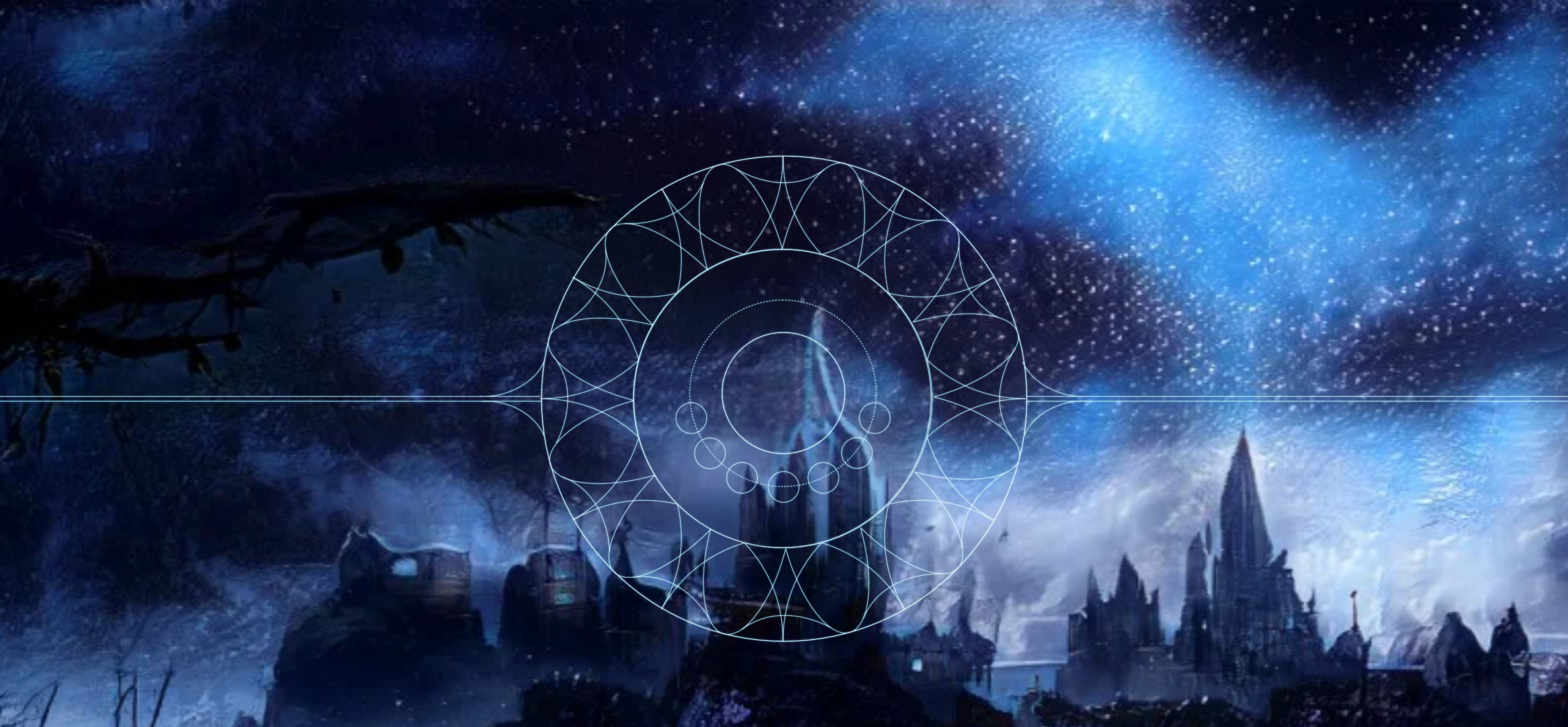Homlak
When it comes to usable materials, especially those that can be crafted into armour and weapons, homlak—a relative to the humble and bountiful quartz—is one of the rarest ores to be found. Glass-like yet strong enough to counter blows that would normally cleave open armour made of steel, it is often worn by kings, princes, and other equally important people. It is often said that kings would clad their beloved queens in armour made of homlak during times of war to ensure that they were protected in case the unthinkable occurred.
A notable individual who was known to have possessed a suit of homlak armour was the Sorcerer Queen. She had been gifted it by her husband shortly before she revealed her true colours. And because she had such formidable armour, she wore it constantly and thus she could never be assassinated from afar.
Etymology
'Homlak' is derived from the Cave Common word hömlacheríchä, which means "white cross-vein".History & Usage
History
Homlak was first discovered 20 years after the meteor of The Battle of Unspoken Grief, once people had found their feet and settled underground. Despite the debris that still hung in the air and the ash that drifted down with the snow, the bravest of those who thrived underground bundled up and strayed out onto the surface—to see how things had changed.
Eventually, they made their way to the impact site and looked down upon what was left of the once-gorgeous valley that had been the home of many Mentari. Raised on stories of the beauty of the place passed on by those Mentari of the valley who had managed to find shelter in the caves, they were shocked and quite terrified by what they saw when they got there.
The landscape had been pulverized by the meteor's impact and no trace of a valley's shape remained. The crater was vast, dozens of kilometers across and stretching farther than the eye could see in all directions. At its center, at the base of the bowl its crater, a massive lava sea roiled and boiled, hardly having cooled since the impact despite how cold had been. Jagged spikes of stone jutted outwards from the center of the crater, as large as mountains and sharper than knives, and the walls of the bowl glistened where the snow was melted by the lava's proximity.
Despite their nervousness, they ventured down into the crater and examined the glistening rock and found that it was a crystalline ore unlike anything they had ever seen or heard of before.
Using what tools they had brought with them, they gathered some samples and brought them back home.
Discovery
Homlak was discovered by the exploration team comprised of Cinéné son of Celéné, Esgett son of Girgett, Nûggé son of Géroc, and Hinna daughter of Esmih.
The first person who was able to figure out what could be done with homlak was the half-dwarven, half-human smith, Osovo Soapstone, who lived within the exploration team's 'hometown'. He heard of their discovery and lent the team his expertise in all things rocks and minerals.
He started by melting the sample down into a thin sheet, which he used to test the strength of the material by hammering upon it with his trusty hammer. Through his experimentation, he discovered that homlak was good for both weapons and armour, and that it might be one of the most durable materials known to the people of Eldûra.
Refinement
Homlak has to be worked in the forge before it can be used, as it is only found in a crystalline state. It must be heated until soft and then hammered into shape, or if the wanted shape is unachievable through forging, it needs to be melted and then poured into a mold.
Manufacturing & Products
- Armour
- Weapons (i.e. blades, shields, etc.)
Reusability & Recycling
Homlak can be reforged. It is one of the most forgiving materials when it comes to reheating and tweaking during the forging process and there is no danger of ruining the material in the process of achieving perfection.



Comments